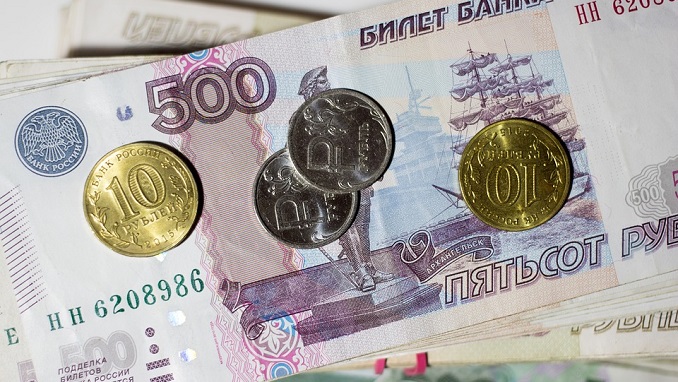The Russian ruble suffered its biggest daily fall in almost six months after the German government said opposition leader Alexei Navalny had been poisoned with Novichok, The Moscow Times reported.
The currency lost more than 2.5% on the news to trade at 75.6 against the U.S. dollar — its lowest reading since the beginning of May, when Russia’s coronavirus pandemic was at its peak.
“The substance in Navalny’s organism is undoubtedly from the Novichok family,” German government spokesperson Steffen Seibert said in a statement. That is the same family of nerve agents which was used against former Russian spy Sergei Skripal in 2018 in Sailsbury, U.K.
Germany said it was demanding an explanation from Moscow and would discuss the issue with the EU and NATO.
Analysts and traders see the ruble as particularly vulnerable to geopolitical developments, and interpreted the confirmation Navalny was poisoned by Novichok as having heightened the possibility that western countries could slap new sanctions on Russia.
The currency is now down 20% against the U.S. dollar this year, having slid dramatically at the start of the coronavirus pandemic as global oil prices fell and it became clear Russia’s earnings from its lucrative oil exports would be significantly hit.
The 2.6% daily fall was the sharpest downwards movement since Mar. 13, when global financial markets were in free fall as their digested news of the coronavirus pandemic’s spread across Europe.
The ruble was also down 1.6% against the euro at 89.1 — just shy of its weakest ever reading. Against the pound sterling, the ruble crossed the symbolic threshold of 100 to trade at 100.3.












